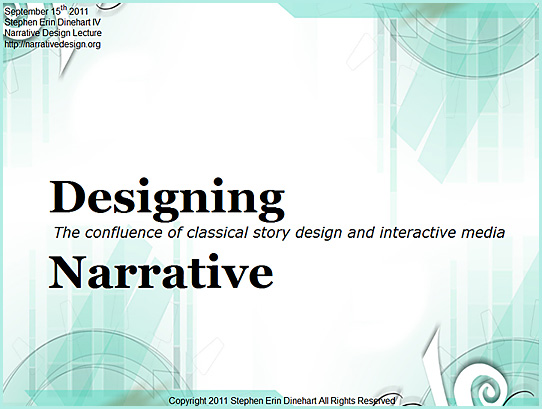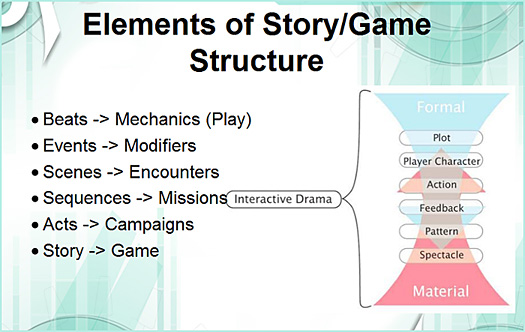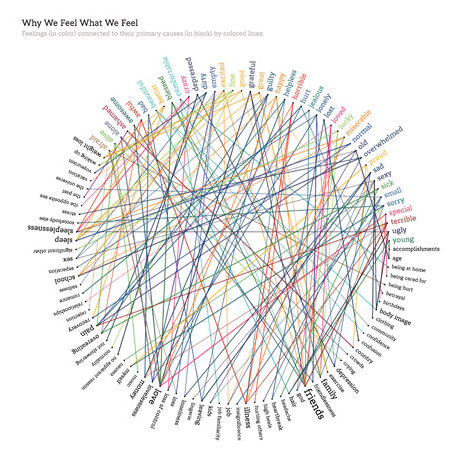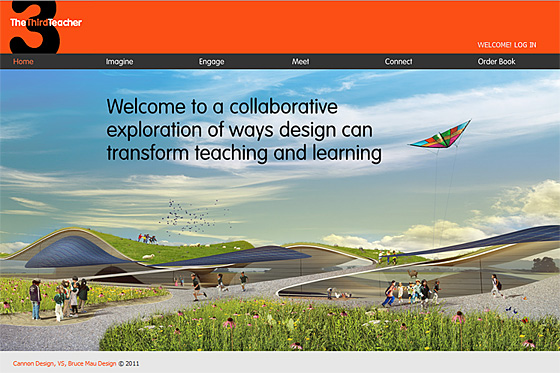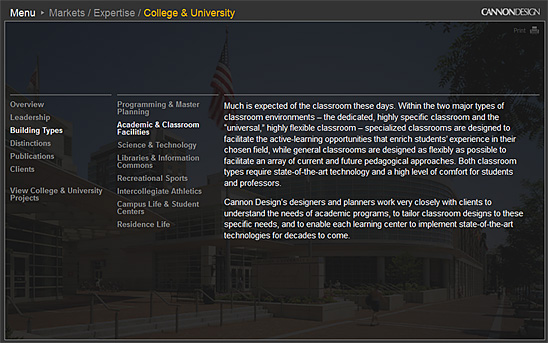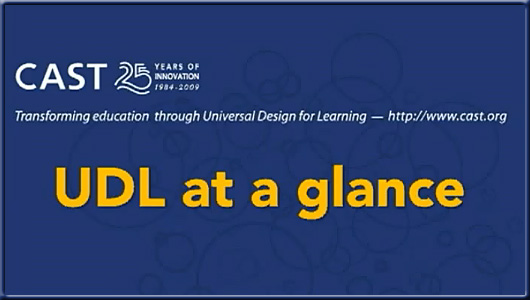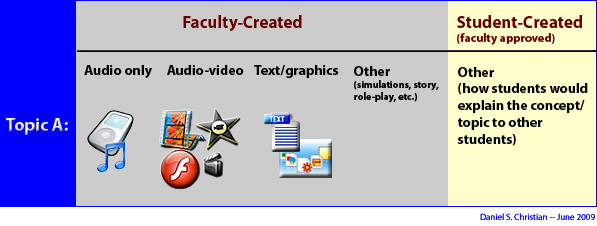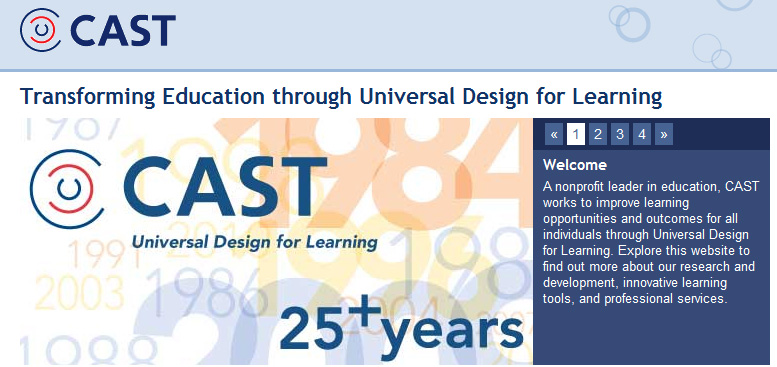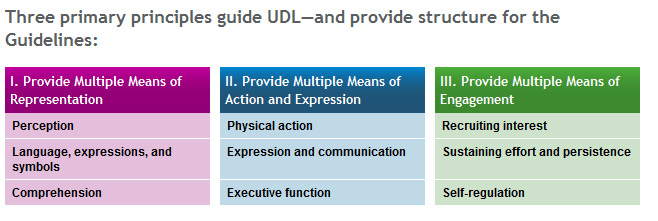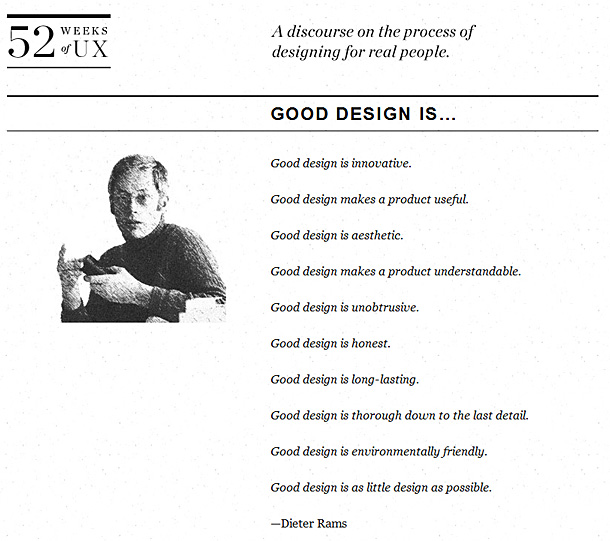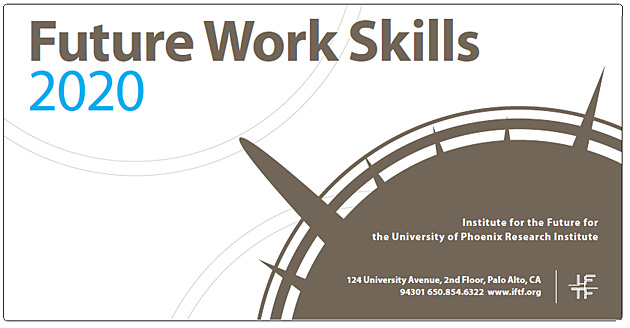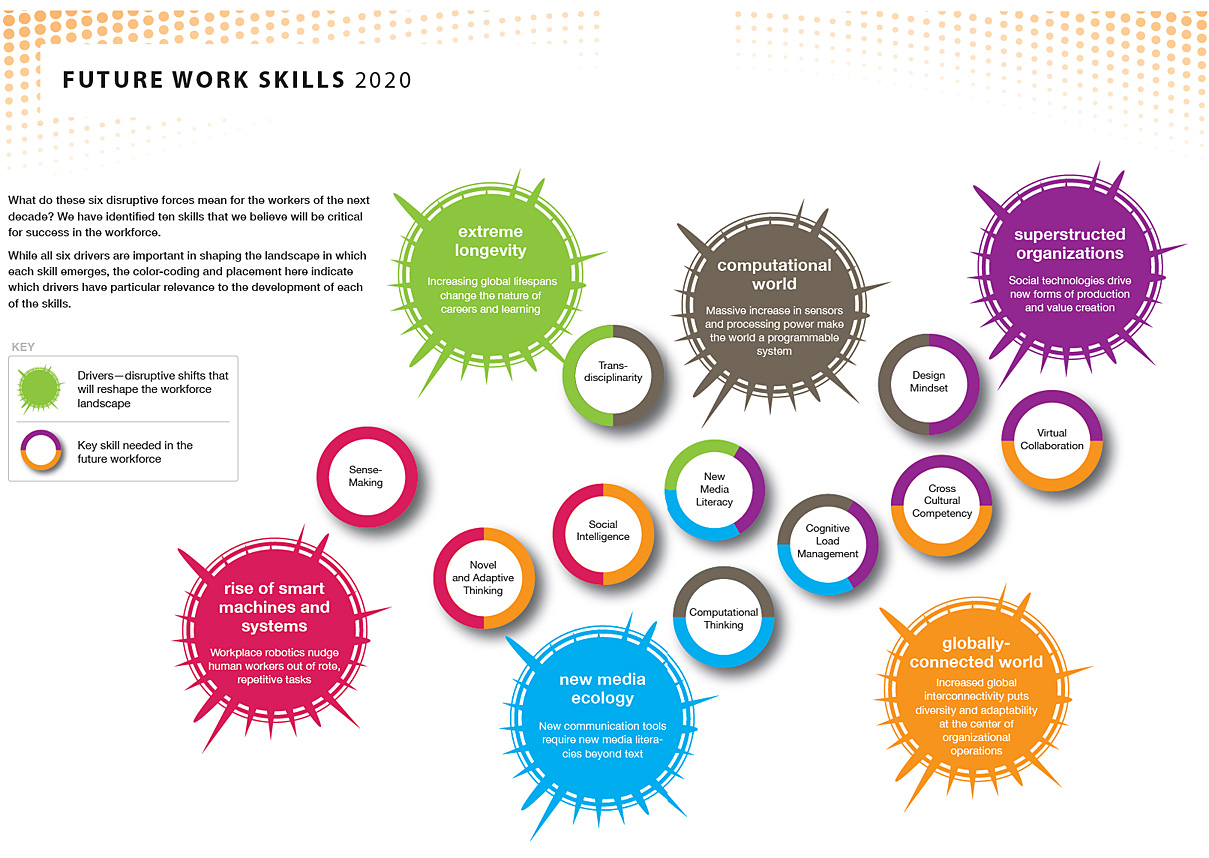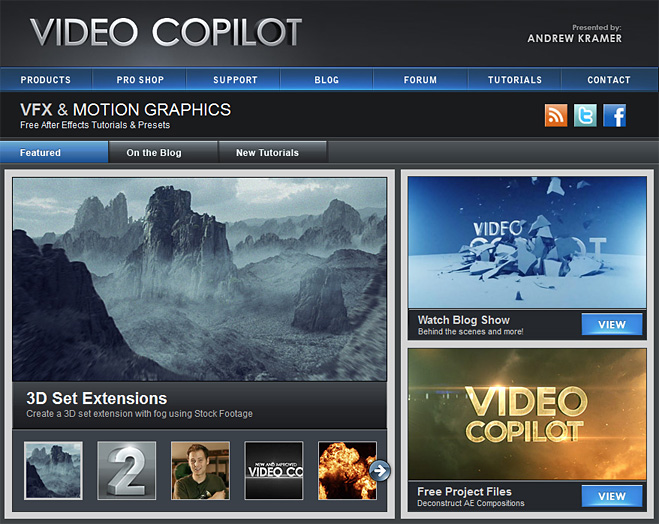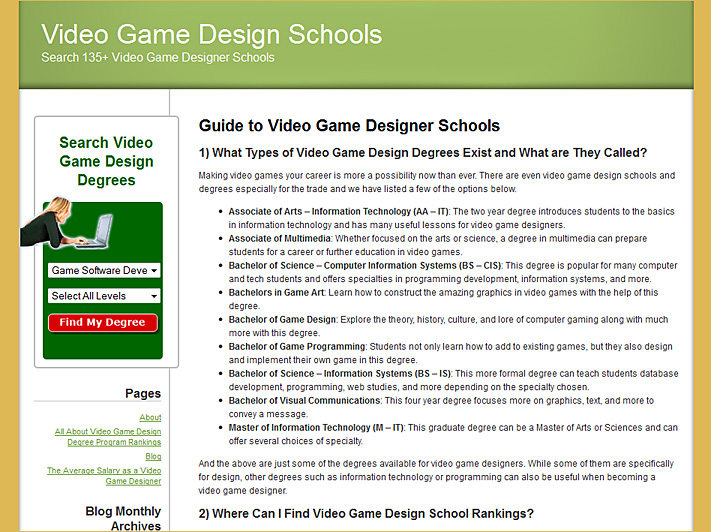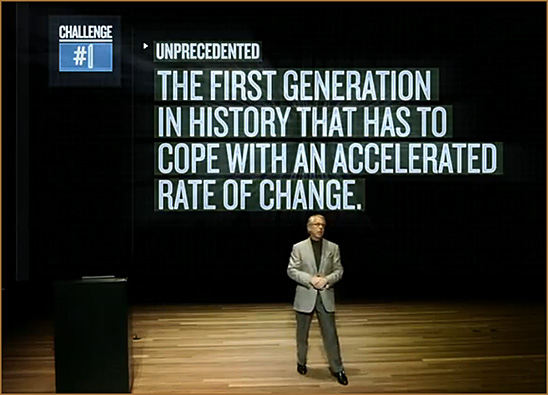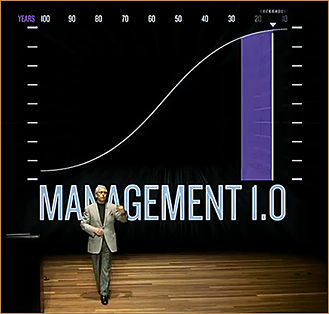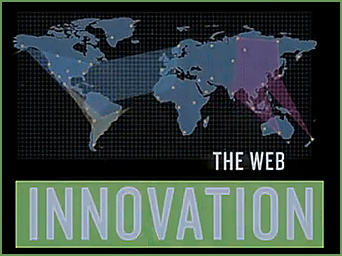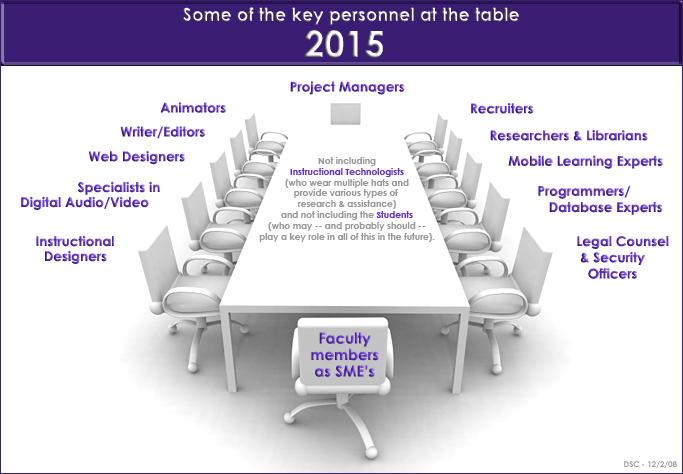From DSC:
It’s highly likely that you have already seen a ton of postings re: the news of Steve Jobs’ passing yesterday. However, I need to reflect, comment upon, and commemorate his life and work here today.

When Apple asserts that Steve leaves behind a company that only he could have built, it’s true. They are not just flowery, flattering words. Jobs was a one in a (hundred) million type of person — carefully crafted for the needs of today. His skillsets were rare. His negotiation skills were solid. His vision and courage to pursue the entrepreneurial/innovative way of life are outstanding. His knowledge — and pursuit of knowledge — as well as his drive helped him bring about many world-changing technologies and projects. Not too many people could own/direct an animation studio, oversee the production of software and hardware that was fined tuned to creating and distributing multimedia, comment on which font style would be appropriate for a message, relentlessly pursue excellence in user experience/usability in all of an organization’s product lines, present information the way he did, create excitement for his company’s products, etc.
Personally, Steve Jobs has helped me continue to think big — to have wind in my sails that I can make a contribution…that I can help change the world. All of us can, even if in smaller ways than Steve Jobs did. But we will need to believe that we can change the world and to persevere through the trials and tribulations that are sure to come our way when we attempt to do so.
I hope that the team that Steve & Co. put into place continue to pursue his passions and visions, as the world needs visionaries. Though I did not know him, I will yet miss him. I am grateful to God for his gifts, abilities, life and work.
Addendum:
“Your work is going to fill a large part of your life, and the only way to be truly satisfied is to do what you believe is great work. And the only way to do great work is to love what you do. If you haven’t found it yet, keep looking. Don’t settle. As with all matters of the heart, you’ll know when you find it. And, like any great relationship, it just gets better and better as the years roll on. So keep looking until you find it. Don’t settle.”
— from Steve Jobs’ 2005 commencement speech given at Standford University












